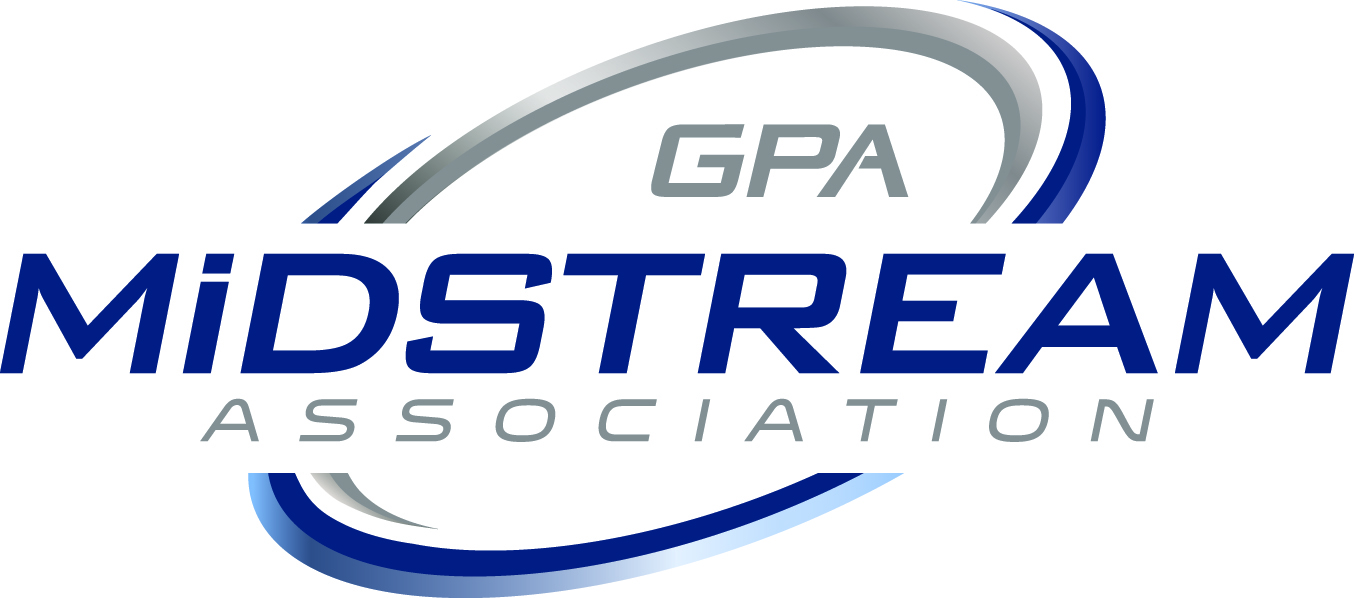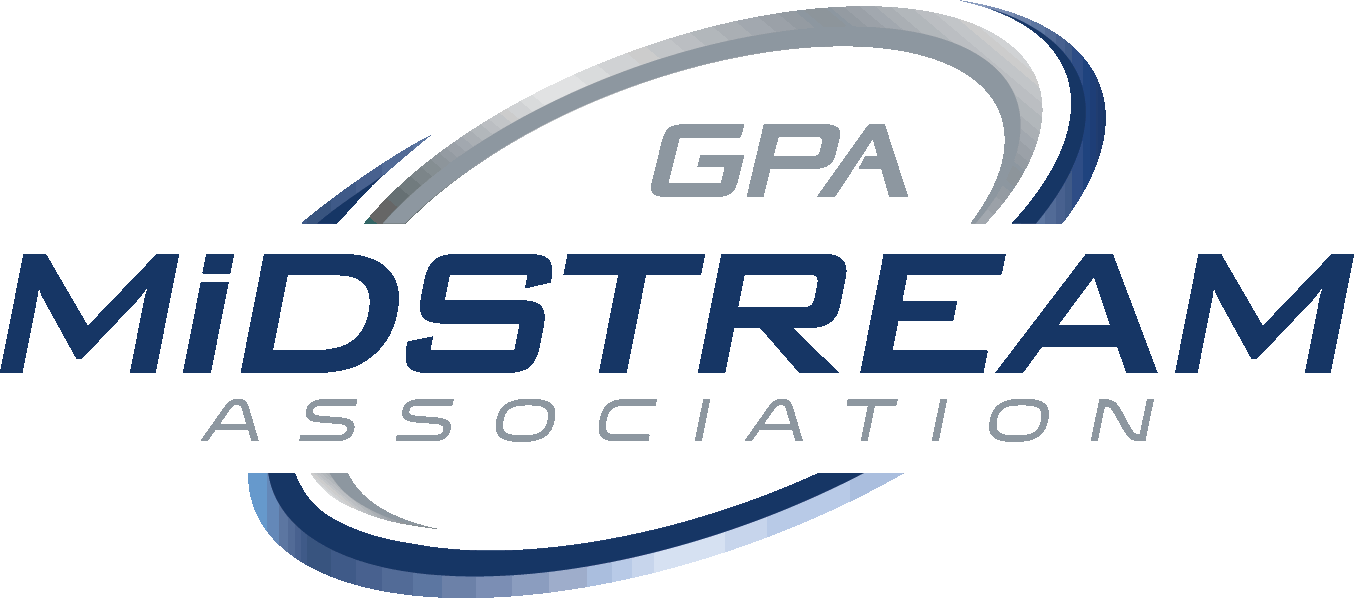GPA Midstream’s presence on Capitol Hill, as well as frequent engagement with administration officials, protects the interests of member companies and the midstream industry. GPA Midstream staff in Washington, D.C. maximize the association’s legislative and regulatory influence.
Advocacy Committees
Advocacy
The Environmental Committee monitors environmental issues, particularly those related to the U.S. Environmental Protection Agency (EPA), which could impact midstream operations.
Advocacy
The Natural Resources Subcommittee supports advocacy efforts related to Endangered Species Act (ESA) or similar policies.
Advocacy
The Legislative Committee monitors legislative activities at the federal level.
Advocacy
The Pipeline Safety Committee monitors pipeline safety legislation and regulation.
Advocacy
The Regulatory Committee monitors issues affecting midstream operations, particularly the policies issued by the U.S. Federal Energy Regulatory Commission (FERC).
Advocacy, GPSA
The GPSA Advocacy Committee monitors and educates member companies on the regulatory and legislative issues affecting the midstream industry and the workers supplying them.
Priority Issues
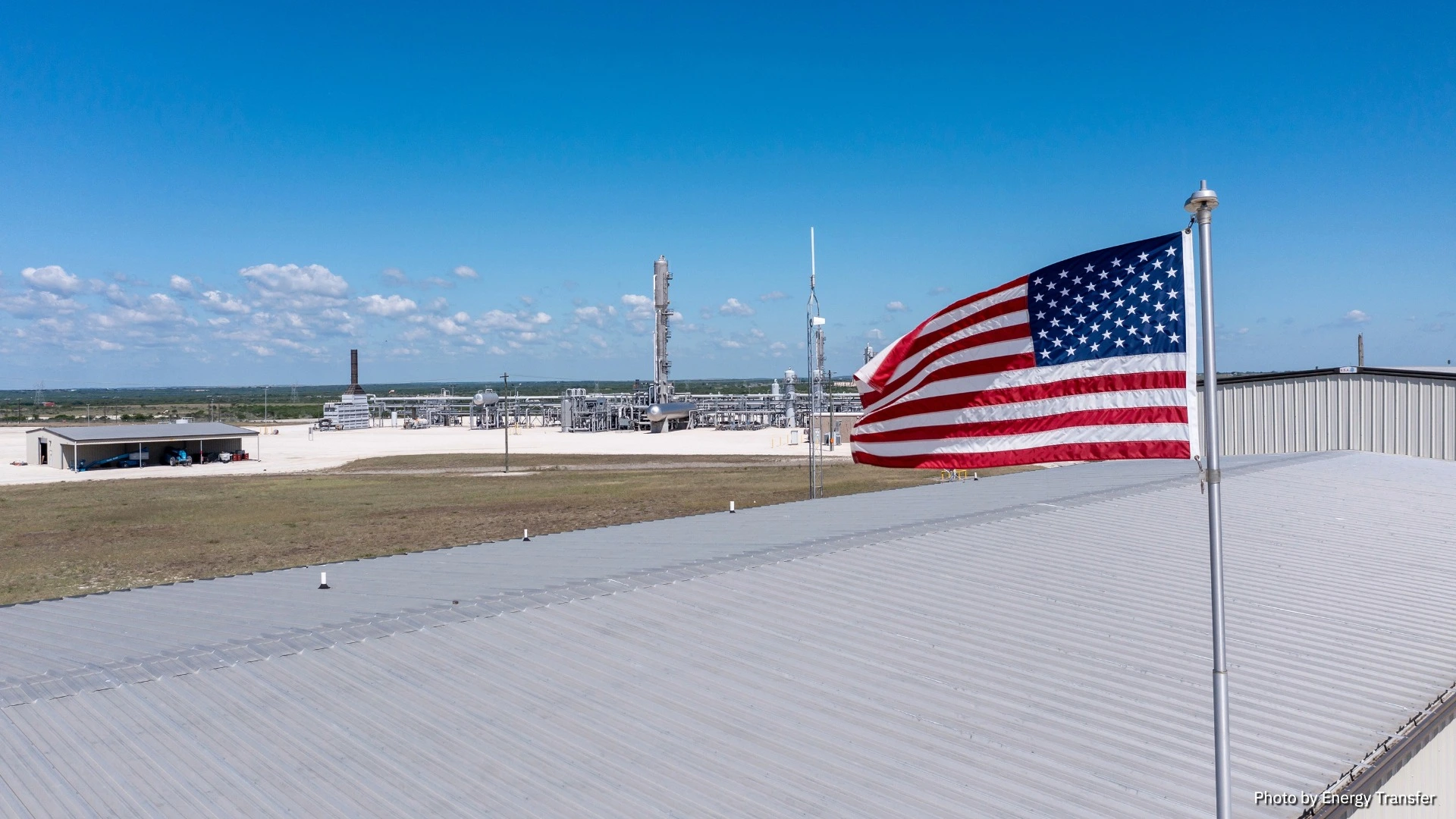
Advocating for Policies to Meet Demand
The U.S. faces growing demand for energy, which means natural gas is more important than ever. Every year since 2011, natural gas has been America’s largest source of energy. According to the U.S. Energy Information Administration, natural gas and natural gas liquids contributed approximately 45% to U.S. energy production.
Natural Gas-Fired Electricity Generation
Natural gas is used to heat our homes, warm our water, dry our clothes, and cook our food. Natural gas is also the leading source of electricity used to power our homes and businesses and charge our many devices — including electric cars.
Liquefied Natural Gas (LNG) Exports
Exports of U.S. LNG support countries abroad by providing energy from an ally rather than an unreliable trade partner such as Russia. U.S. LNG exports also allow countries to reduce greenhouse gas emissions and environmental impacts of other fuel sources like coal.
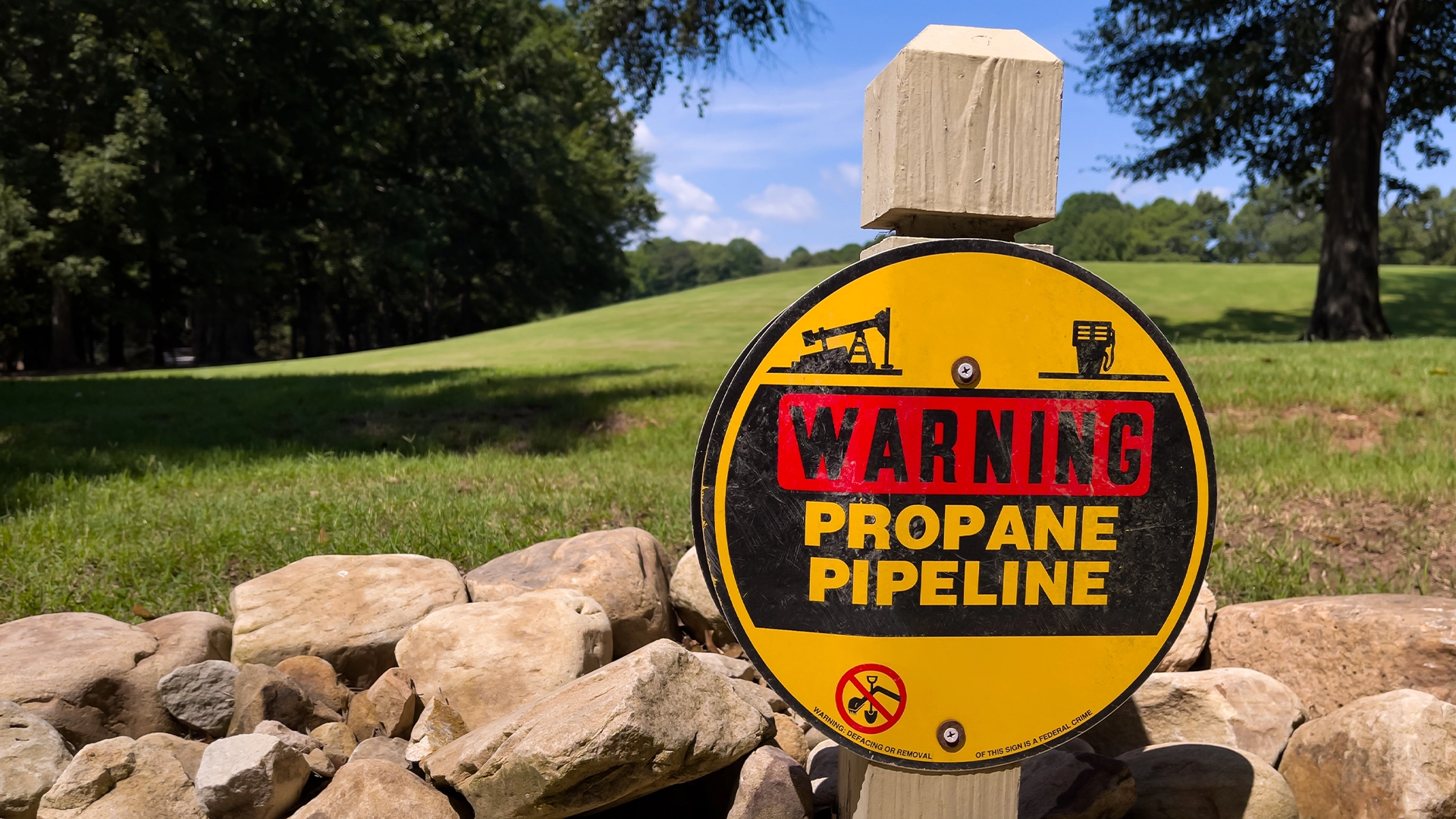
Engaging on Environmental Policy
The Environmental Protection Agency (EPA) sets rules related to emissions, and GPA Midstream works to ensure the regulator publishes fact-based, sensible regulations. Gathering and processing operators are investing in innovative technologies and processes to reduce emissions, regardless of status of regulation. GPA Midstream advocates for policies that decrease emissions without sacrificing affordability or reliability.
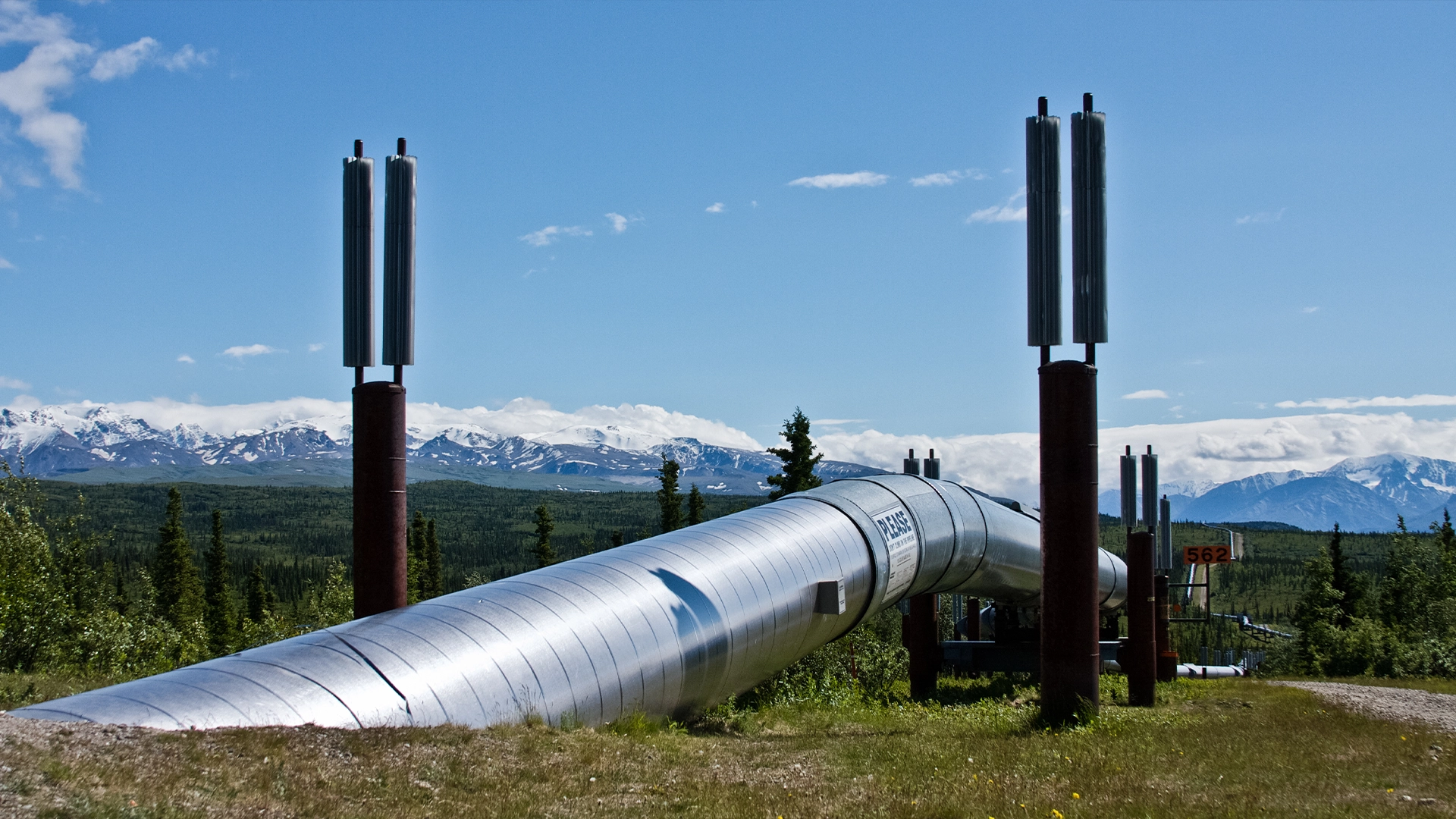
Supporting Practical Pipeline Safety Regulations
The Department of Transportation’s Pipeline and Hazardous Materials Safety Administration (PHMSA) creates regulatory requirements for design, construction, operations, maintenance, and integrity management of pipelines. Regulated pipeline owners and operators across the US, including gathering line operators, comply with all applicable regulations. Midstream companies also incorporate industry best practices, recommendations from voluntary consensus standards, and other actions specific to their operations to ensure public safety.
GPA Midstream Environmental Excellence Awards
Each year at the annual GPA Midstream Convention, the association recognizes GPA Midstream companies that demonstrate initiative and leadership in managing their environmental affairs in midstream sector activities and GPSA companies that develop successful, innovative environmental solutions.
Stay in the Loop
Recent Advocacy Comments & Filings
Advocacy Comments & Filings
October 22, 2025

